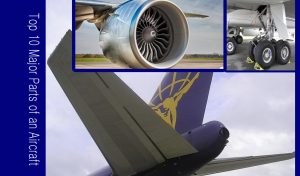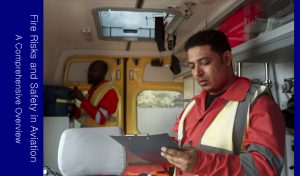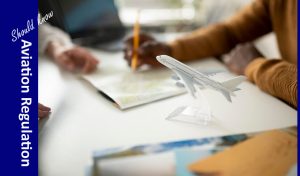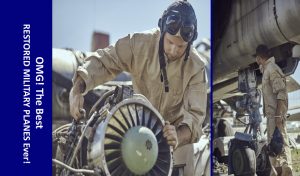Talking about the Fire Risks and Safety in Aviation, Imagine hurtling through the clouds, a metal behemoth carrying hundreds of souls, fueled by jet engines spitting fire. Sounds exhilarating, right? But amidst the awe-inspiring panorama, lurks a silent threat: fire. Aviation history is dotted with tragic incidents highlighting the vulnerability of planes to this unforgiving element. But fear not, intrepid traveler! This article delves deep into the fiery underbelly of aviation, exploring the risks, the safeguards, and the unwavering commitment to keeping you safe amidst the clouds.
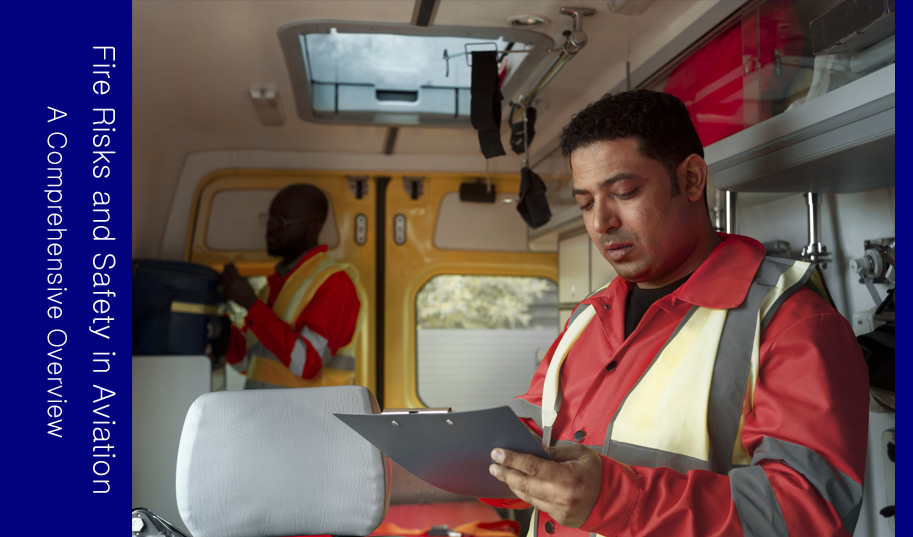
Unmasking the Enemy: Understanding Fire Risks in Flight
Fire in a plane is unlike any terrestrial inferno. Imagine the cramped space, the volatile fuel, the high altitude creating oxygen-deprived conditions. It’s a recipe for disaster, but don’t fret! Modern aircraft are meticulously designed to mitigate these risks. Let’s peek into the enemy’s camp:
- Fuel System Leaks: The lifeblood of a plane, jet fuel, is highly flammable. Even the smallest leak, ignited by a spark, can unleash a fiery cascade. Thankfully, multiple layers of protection, from self-sealing tanks to fire-resistant materials, stand guard.
- Electrical Malfunctions: Faulty wiring, overheating components – these electrical gremlins can spark trouble. But fear not, advanced circuit breakers and fire detection systems act as vigilant sentinels, snuffing out any nascent flames before they spread.
- Human Error: The fallible human hand, whether through oversight or deliberate action, can introduce the fiery spark. Rigorous training procedures and strict safety protocols minimize this risk, ensuring even the most seasoned aviator prioritizes fire safety.
Forging a Shield: Fire Safety Measures in Planes
Modern aircraft are veritable fortresses against fire, bristling with an arsenal of safety measures:
- Fire-Resistant Materials: From seat cushions to interior panels, everything is woven with fire-retardant fabrics, buying precious time for crew and passengers to react.
- Smoke Detectors and Fire Suppression Systems: A network of vigilant sensors sniff out even the faintest whiff of smoke, triggering alarms and unleashing a torrent of fire-suppressing agents like halon or water mist.
- Emergency Exits and Evacuation Drills: Every second counts in an aerial firefight. Clearly marked exits and frequent drills ensure a swift and orderly evacuation, should the unthinkable occur.
The Human Firewall: Crew Training and Emergency Protocols
The true firewalls in the sky are the brave souls in the cockpit. Rigorous training equips them with the knowledge and skills to combat any fiery situation:
- Fire Detection and Extinguishment: From identifying the source of the flames to deploying the appropriate suppression systems, the crew is trained to react swiftly and effectively.
- Emergency Procedures: Every scenario, from engine fires to cabin infernos, has a meticulously planned response. These drills are ingrained into the crew’s muscle memory, ensuring a coordinated and decisive response.
- Passenger Communication and Evacuation: Keeping passengers calm and informed is crucial. The crew is trained to clearly communicate the situation and guide passengers to safety through designated emergency exits.
Beyond the Horizon: Continuous Improvement in Fire Safety
The quest for safer skies is never-ending. Aviation authorities and manufacturers constantly strive to improve fire safety measures:
- Advanced Materials Research: Development of even more fire-resistant materials, like flame-retardant composites, pushes the boundaries of safety.
- Simulation and Testing: Rigorous fire simulations and real-world testing refine emergency procedures and ensure aircraft and crew are prepared for any eventuality.
- Data Analysis and Incident Response: Every aviation incident, no matter how minor, is meticulously analyzed. Lessons learned are incorporated into training protocols and aircraft design, constantly strengthening the shield against fire.
Soaring with Confidence: Fire Safety Statistics and Passenger Tips
The statistics speak for themselves: flying is statistically the safest mode of travel. In 2022, for every 1.6 million flights, there was only one accident involving fire, highlighting the effectiveness of fire safety measures. But knowledge is power! Here are some tips for a safe and fire-free flight:
- Familiarize yourself with emergency exits: Know where they are and how to operate them.
- Pay attention to safety briefings: The crew will explain emergency procedures and highlight important safety features.
- Avoid smoking or using electronic cigarettes: These are strictly prohibited on board for a reason.
- Report any suspicious activity or smells: Don’t hesitate to alert the crew if you notice anything unusual.
Conclusion: A Beacon of Hope in the Sky
While aviation fire risks persist, continuous advancements in technology, stringent regulations, and comprehensive training contribute significantly to enhancing safety measures.
FAQs
- What are the primary causes of aviation fires? Aviation fires can stem from various factors, including electrical faults, fuel leaks, or overheating components.
- How effective are aircraft fire suppression systems? Modern aircraft are equipped with sophisticated fire suppression systems that are highly effective in containing and extinguishing fires.
- Are there international standards for aviation fire safety? Yes, bodies like the International Civil Aviation Organization (ICAO) set global standards to ensure uniform safety measures worldwide.
- How crucial is crew training in handling aviation fire emergencies? Crew training is paramount; it equips aviation personnel with the necessary skills to manage fire-related incidents swiftly and effectively.
- What role do passengers play in aviation fire safety? Passengers are briefed on safety protocols to ensure they can respond appropriately in the event of a fire emergency.
- How do advancements in technology impact aviation fire safety? Technological advancements continuously improve detection systems and fire suppression mechanisms, enhancing overall safety in aviation.
- Can aviation incidents involving fires be avoided completely? While complete avoidance might be challenging, robust prevention measures and preparedness significantly reduce the likelihood and impact of such incidents.
- What measures are in place to ensure compliance with aviation fire safety regulations? National aviation authorities enforce regulations aligned with international standards, conducting regular inspections and audits to ensure compliance.
- Are there ongoing research efforts to further enhance aviation fire safety? Yes, research and development initiatives persist to explore innovative solutions and refine existing safety protocols in aviation.
- How can passengers contribute to aviation fire safety? Remaining vigilant, following crew instructions, and being aware of emergency procedures greatly aid in ensuring overall safety during flights.
This comprehensive overview highlights the critical facets of fire risks and safety in aviation, underscoring the necessity for continual vigilance and improvement in this crucial aspect of air travel safety.
